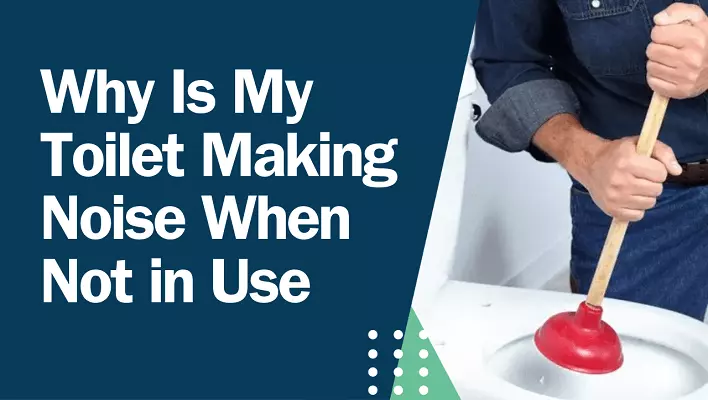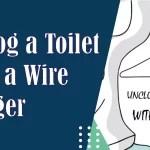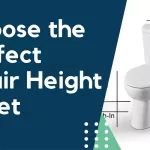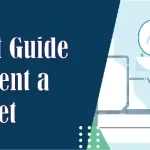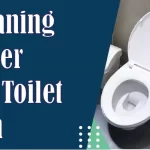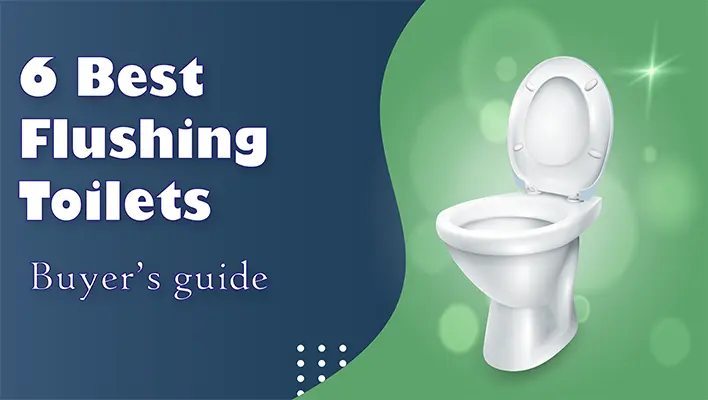A toilet making unusual noises when not in use can be a perplexing and bothersome issue for homeowners. The range of sounds, from high-pitched squeals to loud filling noises, can be unsettling and leave you wondering about the cause. In this article, we will explore the common reasons behind Why Is My Toilet Making Noise When Not in Use and what steps you can take to resolve the issue.
Content
Understanding the High-Pitched Squeals:
One of the most common complaints is toilet making high-pitched noise when not in use, especially when it’s not in use. This irritating sound can be attributed to various factors, with a faulty fill valve being a primary culprit. The fill valve is responsible for regulating the water level in the tank after a flush. If it’s malfunctioning, it can create a whistling or squealing noise as water continuously leaks into the bowl.
To troubleshoot this issue, start by inspecting the fill valve. Ensure that it is properly adjusted and functioning as intended. If you notice any signs of wear or damage, consider replacing the fill valve to eliminate the source of the high-pitched noise.
Toilet Making Filling Noise When Not In Use:
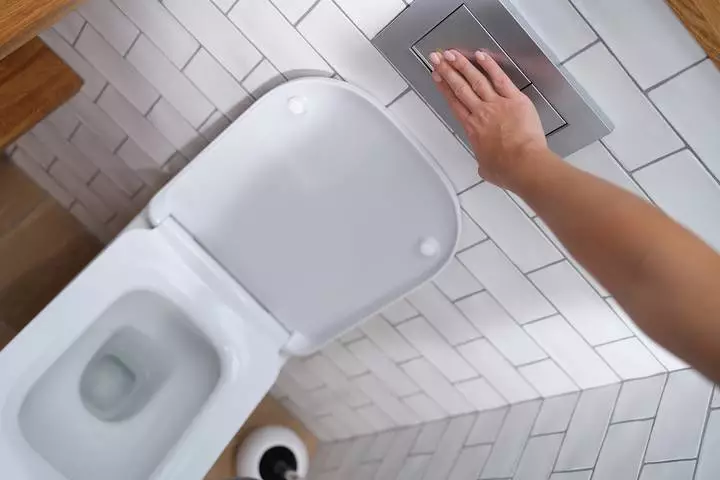
Another common scenario is a toilet making noise as if it’s continuously filling up, even when it’s not in use. This could be indicative of a faulty fill valve or a flapper that is not sealing properly. The flapper is a rubber component that controls the release of water from the tank into the bowl during a flush. If it doesn’t create a watertight seal, water may leak into the bowl, causing the fill valve to activate intermittently.
Inspect the flapper for any signs of wear, tearing, or misalignment. A simple adjustment or replacement of the flapper may resolve the issue and eliminate the unwanted filling noise. Additionally, check the water level in the tank and adjust it according to the manufacturer’s recommendations to prevent unnecessary refilling.
The Mystery of Loud Noises:
If your toilet is making loud noises at irregular intervals, it could be a result of a water hammer. Water hammer occurs when the flow of water is suddenly halted, causing a shockwave within the plumbing system. This can lead to loud banging or thudding noises, and toilets are particularly susceptible to this phenomenon.
To address water hammer, consider installing water hammer arrestors. These devices absorb the shockwaves, preventing them from causing noisy disturbances in your plumbing system. Additionally, adjusting the water pressure in your home may also help mitigate the effects of water hammer and reduce the associated loud noises.
Squealing After a Flush:
Have you ever wondered why your toilet emits a squealing sound specifically after you flush it? The answer lies in the fill valve once again. When the fill valve is not functioning correctly, it can lead to vibrations and squealing noises as water flows through the valve and into the tank.
To remedy this, inspect the fill valve for any obstructions or debris that may be hindering its proper operation. Cleaning or replacing the fill valve may be necessary to eliminate the squealing noise and restore peace to your bathroom.
Post-Flush Residual Noise:
Even after a successful flush, some toilets may continue to make noise for a short period. This residual noise is often caused by the slow closing of the flapper. If the flapper closes too slowly, it allows water to trickle into the bowl, creating a continuous but subtle noise.
To address this issue, check the flapper for any obstacles or misalignments. Adjust or replace the flapper if needed to ensure a swift and complete closure after each flush, eliminating the residual noise and promoting water conservation.
Conclusion:
A toilet making noise when not in use can be a source of frustration, but understanding the root causes of these sounds can empower you to resolve the issue effectively. Whether it’s a high-pitched squeal, a continuous filling noise, or loud disturbances after a flush, tackling the problem step by step can bring tranquility back to your bathroom. Regular maintenance, inspections, and timely repairs are key to ensuring that your toilet operates smoothly, providing you with a noise-free and functional plumbing system for years to come.
FAQs About Toilet Making Noise When Not in Use
Why does my toilet make a weird sound when not in use?
Your toilet may make a weird sound when not in use due to issues like a faulty fill valve, worn-out flapper, or water hammer. Regular maintenance helps identify and fix these problems.
Why does my toilet make a sound when I sit on it?
The sound when you sit on your toilet is likely due to air escaping through the toilet’s trap, creating a noise as pressure equalizes.
Why does my toilet sound like it’s running when it’s not?
Your toilet may sound like it’s running when not in use due to a faulty fill valve, worn-out flapper, or a leaky flush valve, causing continuous water flow.
Why does my toilet squeal when I flush it?
Your toilet may squeal when flushed due to issues with the fill valve or ballcock. Malfunctions in these components can create turbulence, producing the distinctive high-pitched sound.
How do you fix ghost flushing?
To fix ghost flushing, inspect and replace the flapper if worn. Ensure a tight seal between the tank and bowl, preventing water leaks that trigger phantom flushes. Adjust or replace faulty fill valves.
